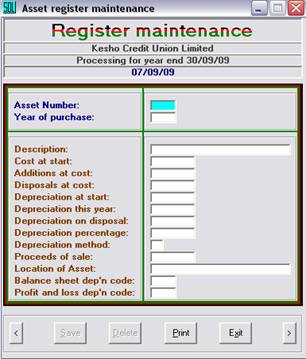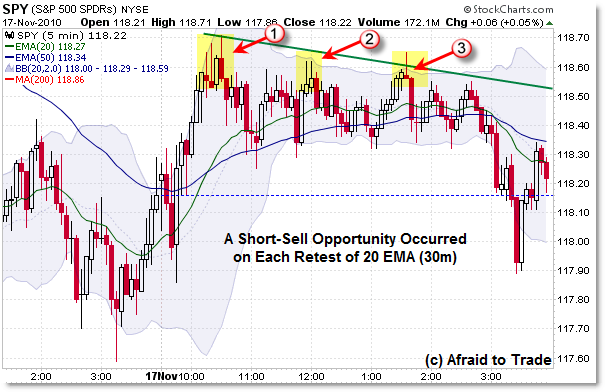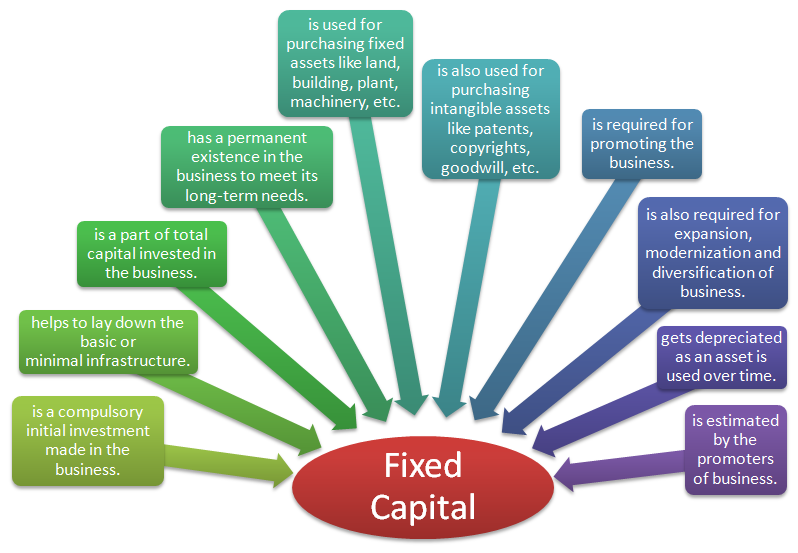The numerator of the equation is also more relevant if it is adjusted for continuing operations. EPS offers investors a quick and often satisfactory way to measure a company’s profitability compared to previous quarters and other companies in the same sector. But even the best financial metrics can mislead on their https://www.kelleysbookkeeping.com/accounting-worksheet/ own, and EPS is no different. EPS leaves several central data points out of its calculation (i.e., debt) and works best when used with other metrics, such as debt/equity ratio or dividend payout ratio. Net income available to shareholders for EPS purposes refers to net income less dividends on preferred shares.
How to calculate earnings per share
Earnings per share, or EPS, is a simple calculation that shows how much profit a company can generate per share of its stock. Get instant access to video lessons taught by experienced investment bankers. Learn financial statement modeling, DCF, M&A, LBO, Comps and Excel shortcuts. Thus, the “Net Earnings for Common Equity”—which is calculated by deducting the preferred dividend from net income—amounts to $225 million. Therefore, the potentially dilutive securities are assumed to be exercised, irrespective of whether they are “in-the-money” or “out-of-the-money”.
How to Calculate Earnings Per Share.
In simple terms, it’s the amount of profit that each stock in the company “owns.” If all the company’s profits were distributed to shareholders, this is how much you would get for each share you own. Earnings per share (EPS) is the most commonly used metric to describe a company’s profitability. Download CFI’s free earnings per share formula template to fill in your own numbers and calculate the EPS formula on your own. The treasury stock method (TSM) requires the market share price, which we’ll assume is $40.00 as of the latest market closing date. Of the $250 million in net earnings, $25 million was issued to preferred shareholders in the form of a dividend. Regardless of its historical EPS, investors are willing to pay more for a stock if it is expected to grow or outperform its peers.
Stock Options – Good or Bad?
The earnings per share (EPS) is the portion of a company’s total profit allocated to each of the shares held by the company’s shareholders. It is one of the most important variables used to determine the profitability of investing in a given stock. However, if the preferred shares are converted, then the dividend is added back to net income (and the new shares are added to the shares outstanding) for the purposes of calculating diluted EPS. The net earnings of a company in a given period – i.e. net income (the “bottom line”) – can either be reinvested into operations or distributed to common shareholders in the form of dividend issuances.
Earnings Per Share Calculator: How to Calculate EPS
- Suppose we’re tasked with calculating the earnings per share (EPS) of a company that reported $250 million in net income for fiscal year 2021.
- The net dilution equals the gross new shares in each tranche less the shares repurchased.
- EPS equals the difference between net income and preferred dividends, divided by the average number of outstanding common shares.
- Milton Friedman famously said, “The business of business is business,” which is a snarky way of saying that the goal of every company is to turn a profit.
- Let’s say a company has $100 million in net income, $5 million in preferred dividends, and 100 million shares outstanding.
In such cases, the company may be investing heavily in expenses like R&D to grow. However, there’s not necessarily one quantifiable number that can be considered a “good” EPS, as there are other factors to consider when determining your interpretation. Below is the calculation of Pfizer’s (PFE) EPS for the quarter that ended on July 3, 2022.
Capital structures that do not include potentially dilutive securities are called simple capital structures. On the other hand, complex capital structures include such securities. Due to the significance of the EPS metric, it can be subject to manipulation through financial accounting techniques. The interconnection between EPS and P/E aids investors in assessing both a company’s earnings strength and its perceived value in the market. This is made by subtracting the income from the discontinued operations from the total income. A company’s EPS can also be found on finance websites such as Yahoo Finance, but the official and most accurate source is the company’s quarterly 10-Q or annual 10-K report.
Due to negative EPS, many investors are hesitant to invest in a company with a negative EPS. This is because a negative EPS tells investors a company is not currently profitable. Nevertheless, it’s important not to limit your fundamental stock research only to EPS, as other metrics should be evaluated as well to generate a well-rounded assessment. On the other hand, EPS is an easy-to-calculate, readily available way to interpret how much profit a company makes per share. While EPS is a widely used and essential tool, it has several limitations and can be easily misinterpreted.
A high P/E may suggest confidence in future growth, while a low P/E could indicate undervaluation. You can find total earnings, which is the same as net income, and the number of outstanding shares on a company’s income statement. It shows how much profit can be generated per share of stock and is calculated by dividing earnings by how and when to file an extension on business taxes outstanding shares. Diluted EPS includes options, convertible securities, and warrants outstanding that can affect total shares outstanding when exercised. Throughout fiscal year 2021, the company issued no new shares and repurchased 20 million shares, resulting in 140 million common shares outstanding at the end of the period.
An important aspect of EPS that is often ignored is the capital that is required to generate the earnings (net income) in the calculation. A metric that can be used to identify more efficient companies is the return on equity (ROE). Shareholders might be misled if https://www.kelleysbookkeeping.com/ the windfall is included in the numerator of the EPS equation, so it is excluded. Common stock or ordinary shares represents ownership in a company proportionally with all other ordinary shareholders, according to their percentage of ownership in the company.
















